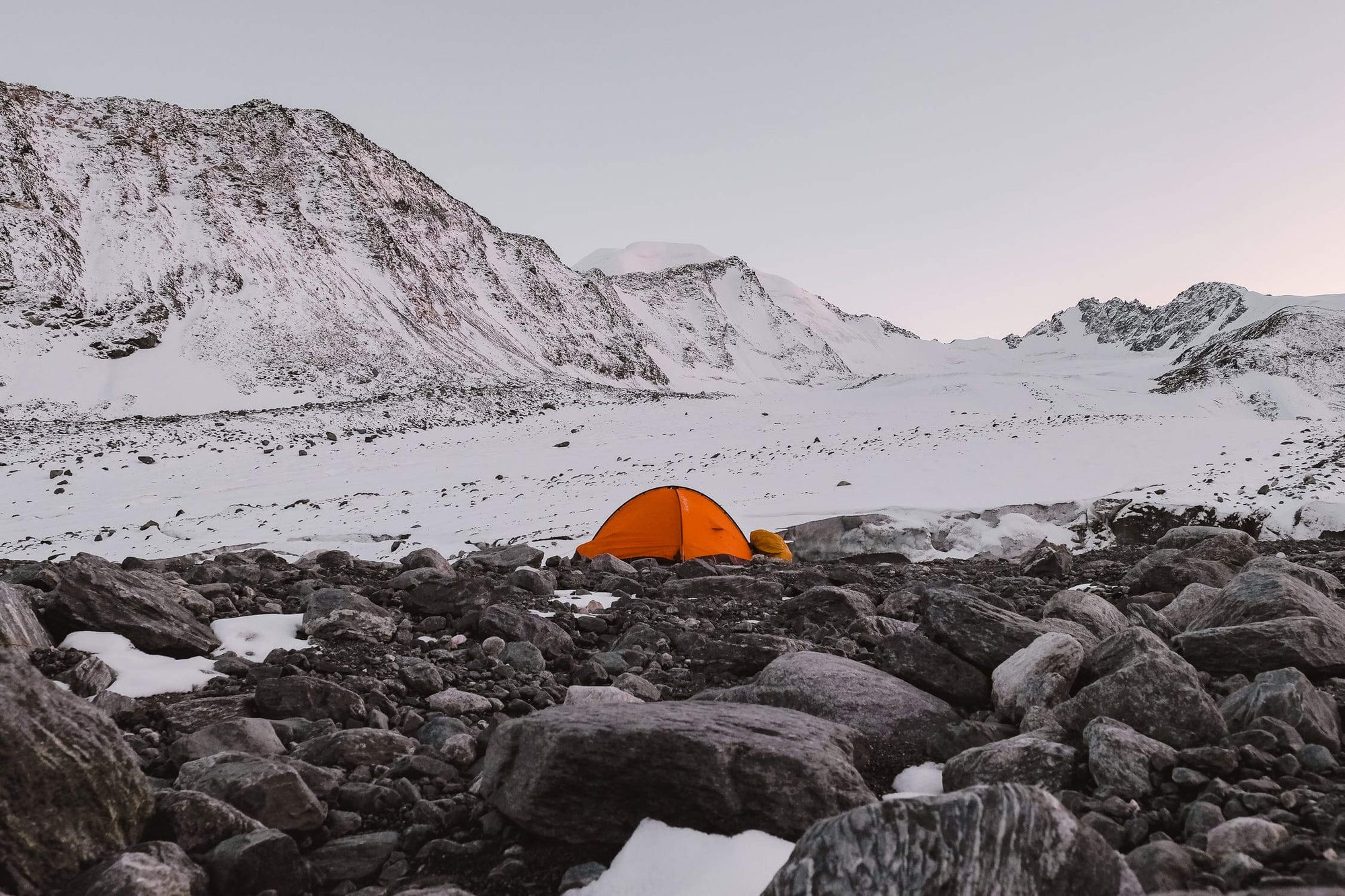If you haven't heard of the outdoor motto "Cotton Kills", then you are so lucky to read this article, which can save your life at the critical moment.
There is nothing wrong with wearing cotton clothing when you are shopping, but in an outdoor environment it can be an invisible killer.
Don't wear cotton on hikes and backpacking trips. Despite the consistent appearance of such voices, many people lose their lives every year due to lack of preparation when they go on outdoor adventures.
One outdoor professional who does guiding work is anti-cottonist, and every time he returns from a remote area, he goes through every piece of clothing everyone has, saying, "An ounce of cotton can be deadly when it absorbs water." Doesn't that sound dramatic? But it's not without merit. When jeans and soft hiking pants are soaked in water and hung out to dry in the middle of the cold, the jeans freeze completely together, while the hiking pants have just a layer of ice crystals on them.
When does cotton have the power to kill
Wearing cotton won't soak dangerous chemicals into your skin or make you more vulnerable to a dog carrying rabies. But it can cause death by hypothermia. Hypothermia is a condition in which the body temperature is below 35 degrees and can lead to death if left untreated.
Most people believe that hypothermia only occurs when digging for 5 feet of snow, but it is often unknowing hikers who experience this condition during warm weather months. According to the Mountaineering First Aid Organization, "Many cases of hypothermia have been reported during cold, rainy, wet and windy weather."
Winter backpackers are often prepared to use multiple layers of technical clothing to cope with the cold. In contrast, summer backpackers and hikers are very stingy about preparing extra warm clothing and may wear inappropriate clothing. However, the clothes dry slowly and lose their warmth.


Wet clothing conducts heat away from the body 25 times faster than dry clothing, so wet clothing can lower a person's body temperature. Conversely, clothes made of materials such as synthetic fibers and merino wool retain most of their temperature even when wet, while taking less time to dry.
No one ever said hiking was safe, and there are examples of hikers who have perished in the wilderness. In each of these unfortunate examples, wearing cotton clothing seems to have been a factor.
- One of the early examples of the Adirondack High Peaks: two hikers dressed in all cotton, despite being prepared with so-called "proper gear". After drowning in an overly ambitious chase, an exhausted hiker in a soaked cotton shirt died of hypothermia before help arrived. (Source: Princeton Outdoor Sports.)
- In September 2005, a man hiking in the Alaska Range near Fairbanks died of hypothermia. A state trooper was quoted as saying, "He was wearing all cotton, which is the worst fabric for cold, wet weather."
Can cotton really become an invisible killer?
In fact many new and veteran hikers have ventured out into the wilderness in cotton clothing and returned unscathed. However, it is safer to wear non-cotton clothing.
As part of risk management, although not all risks can be eliminated, some things are within control. You can't predict when you will break your foot, but you can decide what you will wear, and be prepared for everything from the source to minimize the risk.

